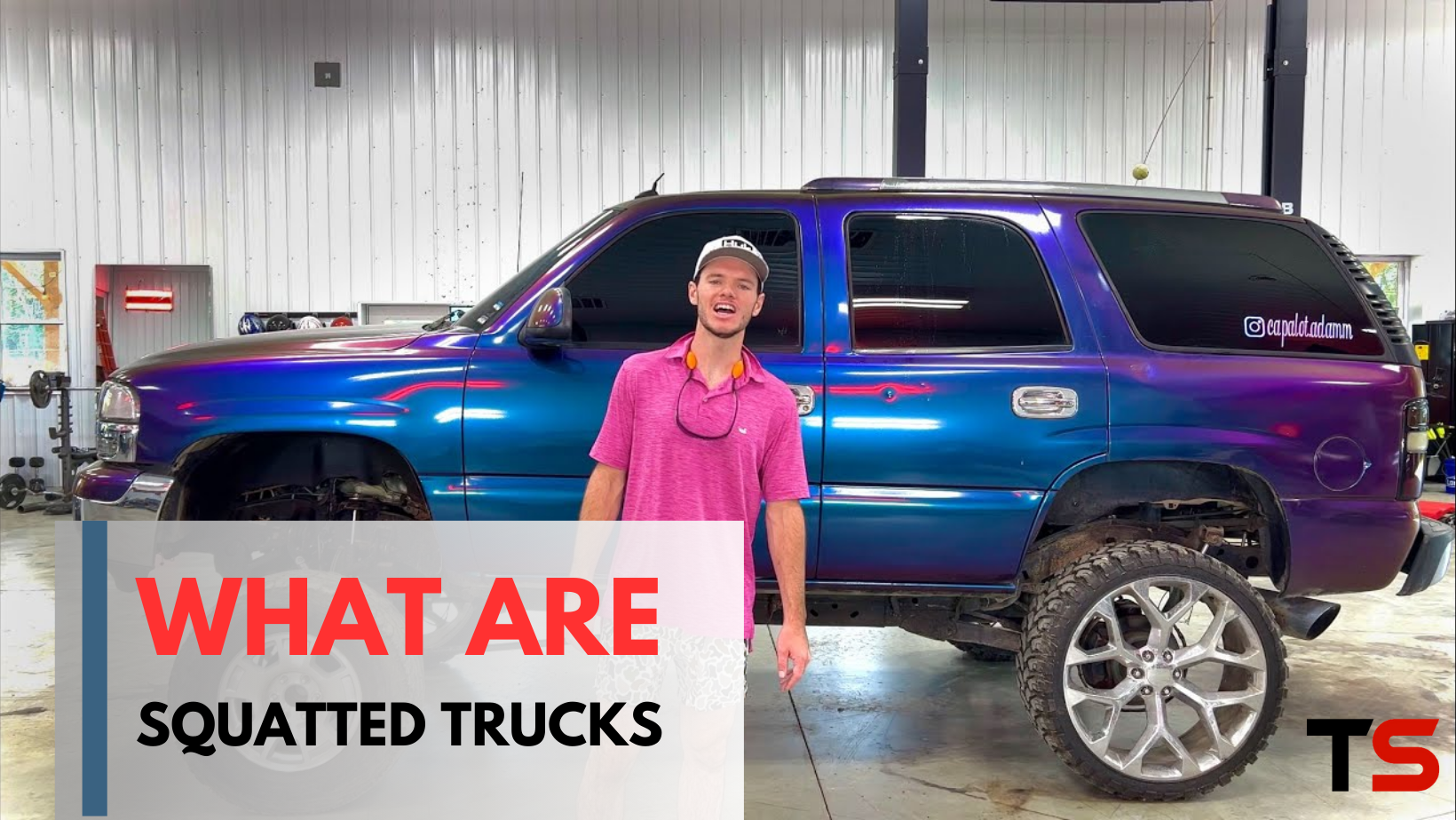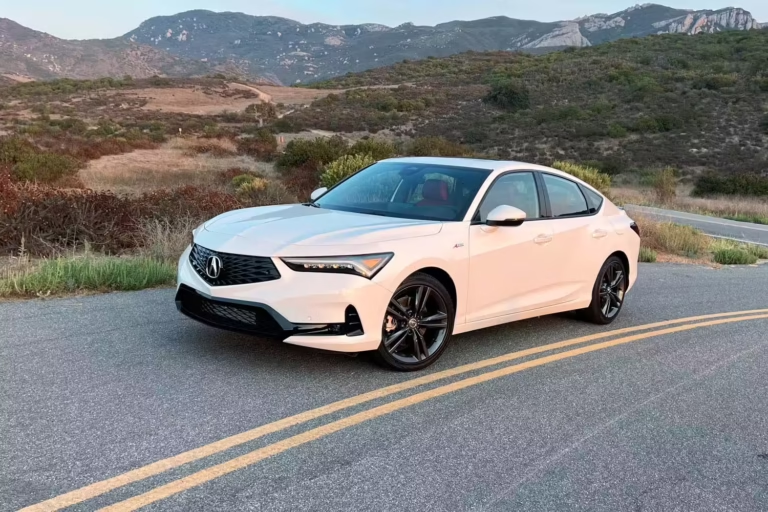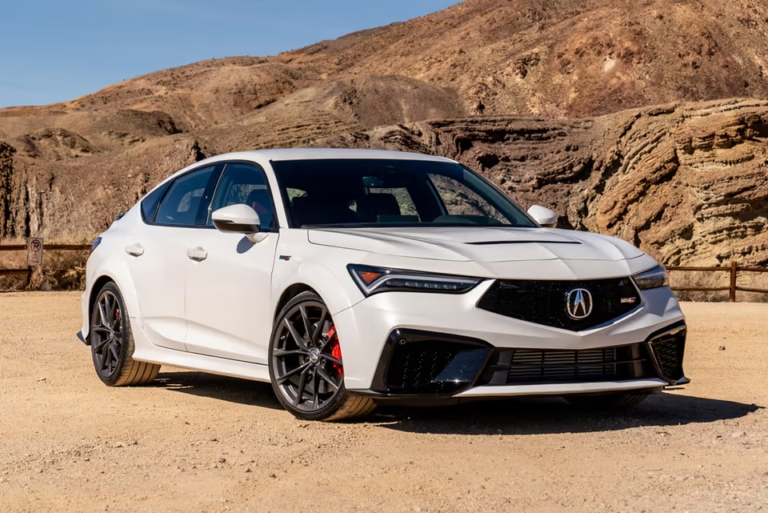Squatted trucks, a distinctive trend within the truck community, have captured the attention of enthusiasts and critics alike. Originating as a practical solution for off-road racers seeking improved visibility and weight distribution. This trend has evolved into a polarizing style statement. Often seen at car shows and on social media, squatted trucks are modified by lifting the front and lowering the rear, creating a unique silhouette that stands out in a sea of conventional pickups. This article delves into the origins, styles, risks, and legal debates surrounding squatted trucks. Exploring why this trend continues to resonate within the automotive culture.
Where Did Squatted Trucks Originate From?
Squatted trucks, often spotlighted in auto shows and social media feeds, trace their roots to a blend of practical need and cultural expression. Originating from the rugged terrains of the American South, this trend was initially seen as a nod to Baja racers who modified their trucks to improve visibility and weight distribution during high-speed desert racing. The ‘squat’—raising the front of the truck while keeping the rear lower—helps drivers see the road or trail ahead more clearly when accelerating.
The modification soon transcended its practical purposes, becoming a signature style among truck enthusiasts. It tapped into a community’s desire for individuality, standing out in a world of standard pickups. As it gained traction, regional variations emerged, each adding a unique flavor to the basic squatted concept. This transformation from a functional modification to a cultural statement underlines the dynamic interplay between utility and style in the evolution of automotive trends.
Carolina Squat Vs. California Lean
The Carolina Squat and California Lean represent two regional takes on truck modification, each with its unique style and following. The Carolina Squat is characterized by a significant lift at the front and a noticeable dip at the rear. This style became popular in North and South Carolina. Where enthusiasts praised it for its bold, aggressive stance that commands attention.
Conversely, the California Lean, often seen in the West Coast state, involves a more balanced lift that slightly tilts the front upward while keeping the rear almost level or subtly lowered. This style is often preferred for its smoother silhouette that maintains a rugged yet refined appearance.
These modifications aren’t just about aesthetics; they reflect a deeper cultural appreciation for customization in the truck community. Brands like American Force Wheels and Fuel Off-Road are leaders in producing the bold wheel designs that complement these trends. Top colors including matte black, gunmetal, and chrome, enhancing the truck’s overall presence.
What Are the Dangers of Driving a Squatted Truck?
Driving a squatted truck comes with significant risks that extend beyond its striking appearance. The modification impacts the vehicle’s geometry and physics, leading to potential safety hazards. The elevated front end alters the truck’s center of gravity, which can compromise handling and increase the likelihood of rollover accidents, especially at high speeds or during abrupt maneuvers.
Visibility is another critical concern. The squatting effect tilts the truck’s front upwards, potentially obstructing the driver’s view of the road directly ahead. This can lead to missed hazards, such as debris or even pedestrians, especially in urban environments where close navigation is necessary.
Insurance and legal risks are also heightened with squatted trucks. Many insurance companies view such extensive modifications as risk factors, often leading to higher premiums or denial of coverage. Furthermore, due to the inherent dangers associated with squatted trucks, several states have begun to legislate against this modification, citing public safety concerns.
The People Vs. Carolina Squat
The controversy surrounding the Carolina Squat has sparked a significant public and legislative backlash. Various communities and safety advocates have argued that the extreme nature of the Carolina Squat poses a public safety risk, leading to campaigns for regulatory action. In response, states like North Carolina have enacted laws specifically targeting this trend. Prohibiting excessive alterations that compromise a vehicle’s safety and the safety of other road users.
These legal measures reflect a growing scrutiny of vehicle modifications that deviate significantly from manufacturer specifications, especially when they impair a vehicle’s operational safety. The debate often centers on the balance between individual expression and community safety, a dialogue that continues to shape policies in regions where automotive customization is a popular cultural practice.
Conclusion
Squatted trucks are a vivid example of automotive culture’s ability to blend functionality with personal expression. While they began as a practical solution for better visibility and performance in specific driving conditions, they have evolved into a distinctive style within the truck community. However, as with any profound modification, the balance between aesthetics and safety continues to drive the conversation around squatted trucks.
As the trend persists, it will undoubtedly continue to evolve, influenced by legal boundaries. Technological advancements, and cultural shifts within the automotive community. Whether seen as a passing fad or a lasting part of truck culture, squatted trucks remain a fascinating chapter in the story of vehicle customization.






